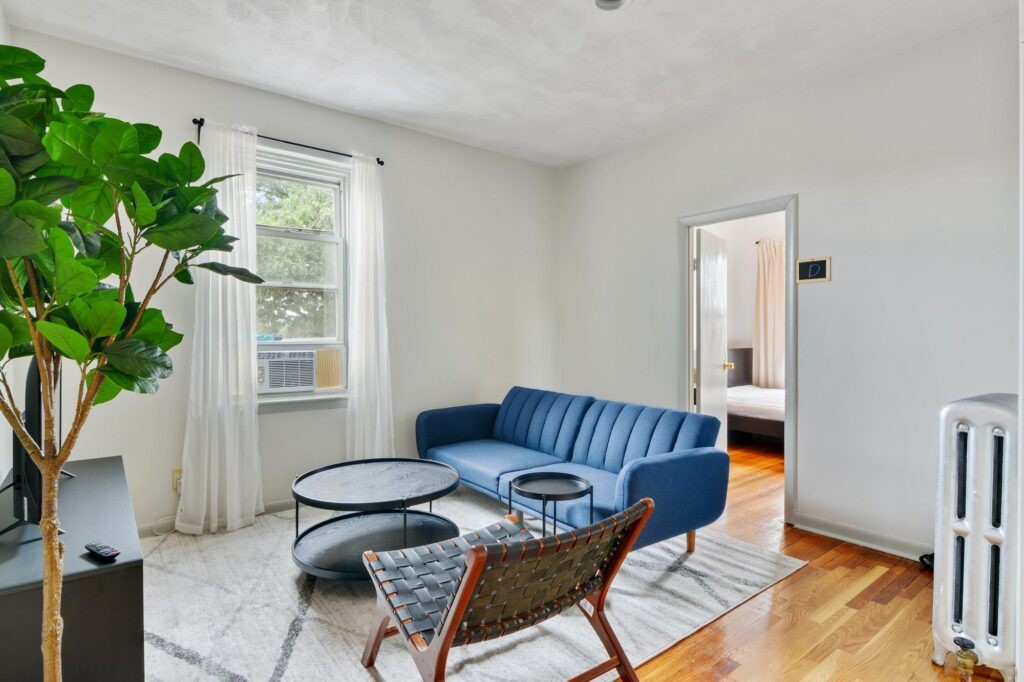Determining how much rent you can afford is a crucial step in managing your finances effectively. If you’re earning $22 an hour, this guide will help you calculate a reasonable rent budget, considering various factors and using established financial rules.
Calculating Affordable Rent Based on Your Hourly Wage
To determine how much rent you can afford making $22 an hour, we’ll use a common financial guideline and explore different budgeting approaches. This will provide a clearer picture of your financial capacity and help you make informed decisions.
The 30% Rule: A Starting Point
A widely accepted guideline suggests that you should spend no more than 30% of your gross monthly income on rent. To calculate this, we first need to determine your gross monthly income.
- Hourly Wage: $22
- Hours per Week: 40
- Weekly Income: $22 x 40 = $880
- Monthly Income: $880 x 52 / 12 = $3,813.33 (approximately)
Based on the 30% rule, you should aim to spend no more than:
- Affordable Rent: $3,813.33 x 0.30 = $1,144 (approximately)
Therefore, if you make $22 an hour, you can potentially afford rent around $1,144 per month.
What is the 50/30/20 Rule?
The 50/30/20 rule is a popular budgeting method that divides your income into three categories:
- 50% for Needs: This includes essential expenses such as rent, utilities, groceries, and transportation.
- 30% for Wants: This covers non-essential spending like entertainment, dining out, and hobbies.
- 20% for Savings and Debt Repayment: This portion is dedicated to building savings, paying off debts, and investing for the future.
Using this rule, you can further refine your rent budget. Since rent falls under the “Needs” category, which accounts for 50% of your income, it should ideally be a significant portion of that 50%. If you allocate the recommended 30% of your total income towards rent, you’ll still have 20% for other essential needs.
Factors to Consider Beyond the 30% Rule
While the 30% rule provides a useful benchmark, several other factors can influence how much rent you can comfortably afford:
- Location: Rent prices vary significantly depending on the city and neighborhood. High-cost areas may necessitate spending a larger percentage of your income on rent.
- Lifestyle: Your spending habits and lifestyle choices impact your overall budget. If you have minimal expenses beyond the essentials, you might be able to allocate more towards rent.
- Debt Obligations: Existing debts, such as student loans or credit card debt, can strain your finances and reduce the amount you can afford for housing.
- Utilities and Other Housing Costs: Remember to factor in additional expenses like utilities (electricity, water, gas), internet, renter’s insurance, and potential HOA fees.
Adjusting Your Budget
If you find that the 30% rule results in a rent amount that doesn’t align with available housing options or your financial situation, consider the following adjustments:
- Reduce Discretionary Spending: Identify areas where you can cut back on non-essential expenses to free up more funds for rent.
- Seek Roommates: Sharing an apartment or house with roommates can significantly lower your individual rent burden.
- Explore Alternative Neighborhoods: Research different neighborhoods within your city that offer more affordable housing options.
- Increase Income: Consider pursuing additional income streams, such as a part-time job or freelance work, to boost your overall earnings.
 A comfortable living room in Chicago with modern furniture, a large plant, and natural light streaming through the windows.
A comfortable living room in Chicago with modern furniture, a large plant, and natural light streaming through the windows.
Finding the Right Balance
Ultimately, determining how much rent you can afford making $22 an hour requires a holistic assessment of your financial circumstances and priorities. While the 30% rule and 50/30/20 budgeting framework offer valuable guidance, it’s essential to adapt these principles to your individual needs and make informed decisions that support your financial well-being.
Resources for Finding Affordable Housing
- Online Rental Marketplaces: Explore websites like Zillow, Apartments.com, and Craigslist to search for available rentals in your area.
- Local Housing Agencies: Contact local housing agencies and non-profit organizations that offer assistance with finding affordable housing options.
- Rental Assistance Programs: Research eligibility requirements for rental assistance programs like Section 8, which can provide subsidies to low-income renters.
Final Thoughts
Calculating how much rent you can afford is a critical step in achieving financial stability and securing suitable housing. By understanding the 30% rule, considering your individual circumstances, and exploring available resources, you can make informed decisions that align with your budget and lifestyle.
